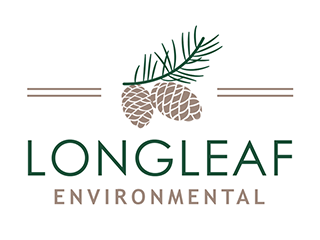In many cases, environmental issues can present problems that can be both complicated and costly. Regulatory requirements govern many business decisions as do issues like time, money and value of the project. With any complex situation, the success or failure of your project depends on the skill and experience of the consultant.
A Phase I ESA is typically the first step in performing environmental due diligence relating to a property. The purpose of a Phase I is to identify potential issues that are determined to be recognized environmental conditions (REC’s) at the property as defined by the ASTM Standard for performing Phase I assessments. A Phase I performed by our firm includes a thorough site visit by an experienced environmental professional, a review of an environmental database report that identifies facilities with documented discharges, compliance issues or historical uses of concern, an interview with the site owner and other persons with knowledge of the property or vicinity, a review of historical aerial photographs, city directories and Sanborn Maps and interviews with regulatory staff that might be managing remediation work at the subject property or in the vicinity. Finally, we make a straight-forward and direct recommendation concerning our review of the property. Our firm will either recommend “No Further Assessment at this time” or “Further Assessment is needed to investigate REC’s that were identified during our assessment”.
Clients tell us that Phase I’s are ordered based on the amount of a loan’s value, property use or answers from an environmental questionnaire. We can understand the competitive nature of lending and that there will always be someone else not requiring a Phase I or accepting a less expensive service. The bottom line is that a Phase I ESA is needed to support the user’s ability to qualify for landowner liability protection (LLP) to CERCLA liability. In more basic terms, if an owner buys a property without performing proper environmental due diligence in the form of a Phase I, then they take on the liability of whatever issues might be present on or impacting the property. It could be that the site has a nice restaurant built in 1985 present. A Phase I could determine that the property was a gas station from 1945-1984 when it was demolished. This scenario could cost a perspective restaurant owner several hundred thousand dollars to remediate and if the restaurant is served by a potable well make the property useless as a restaurant. Another example could be a grocery store in a shopping center is impacted by a dry cleaning chemical plume that has migrated from the other end of the parking lot to the grocery store.
Ultimately, it all comes down to money and peace of mind; but based on our experience spending less than $2,000 on something that could cost hundreds of thousands of dollars to remediate seems like a smart investment.
